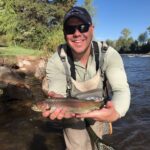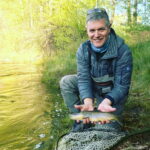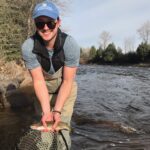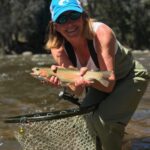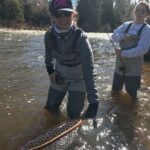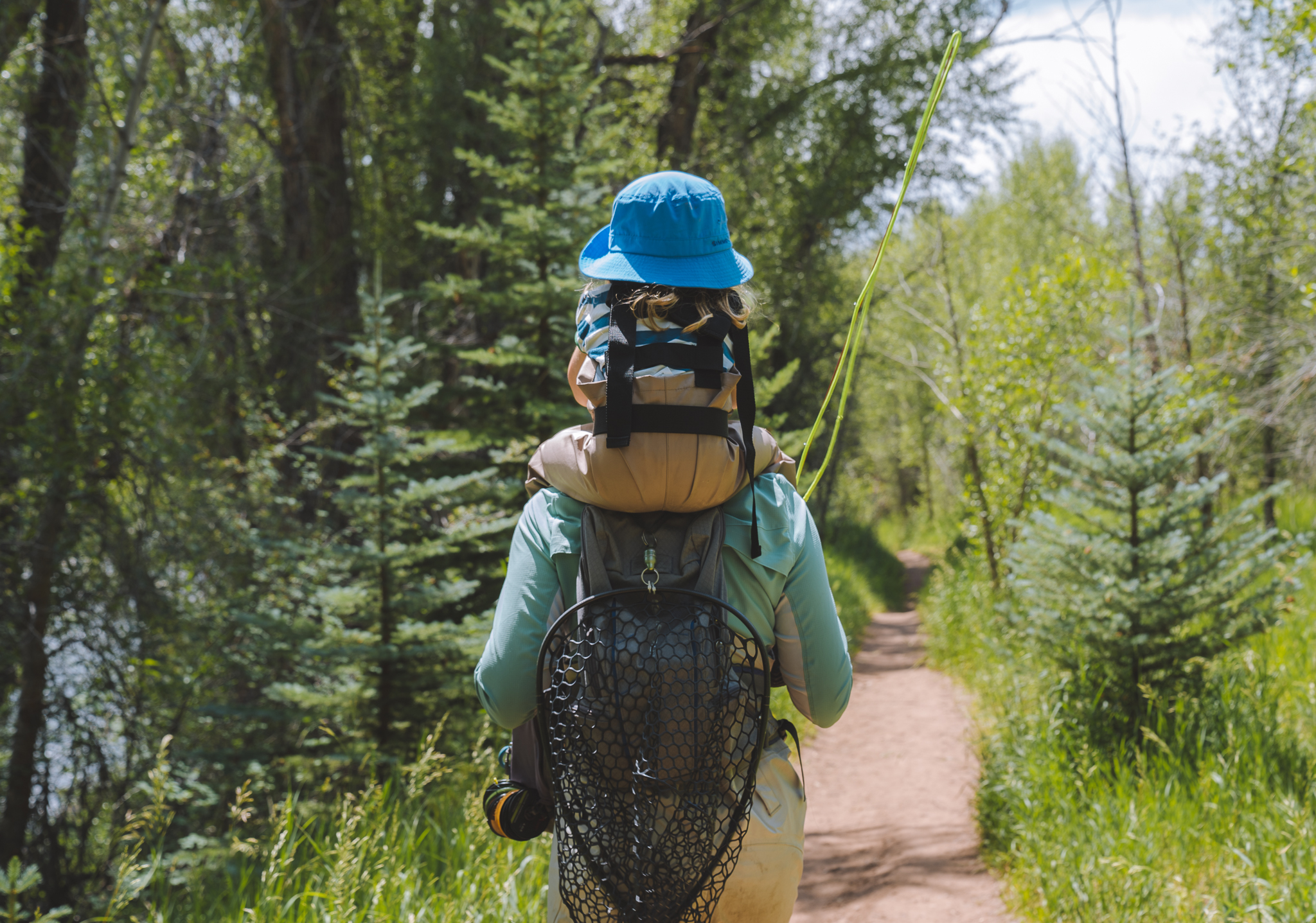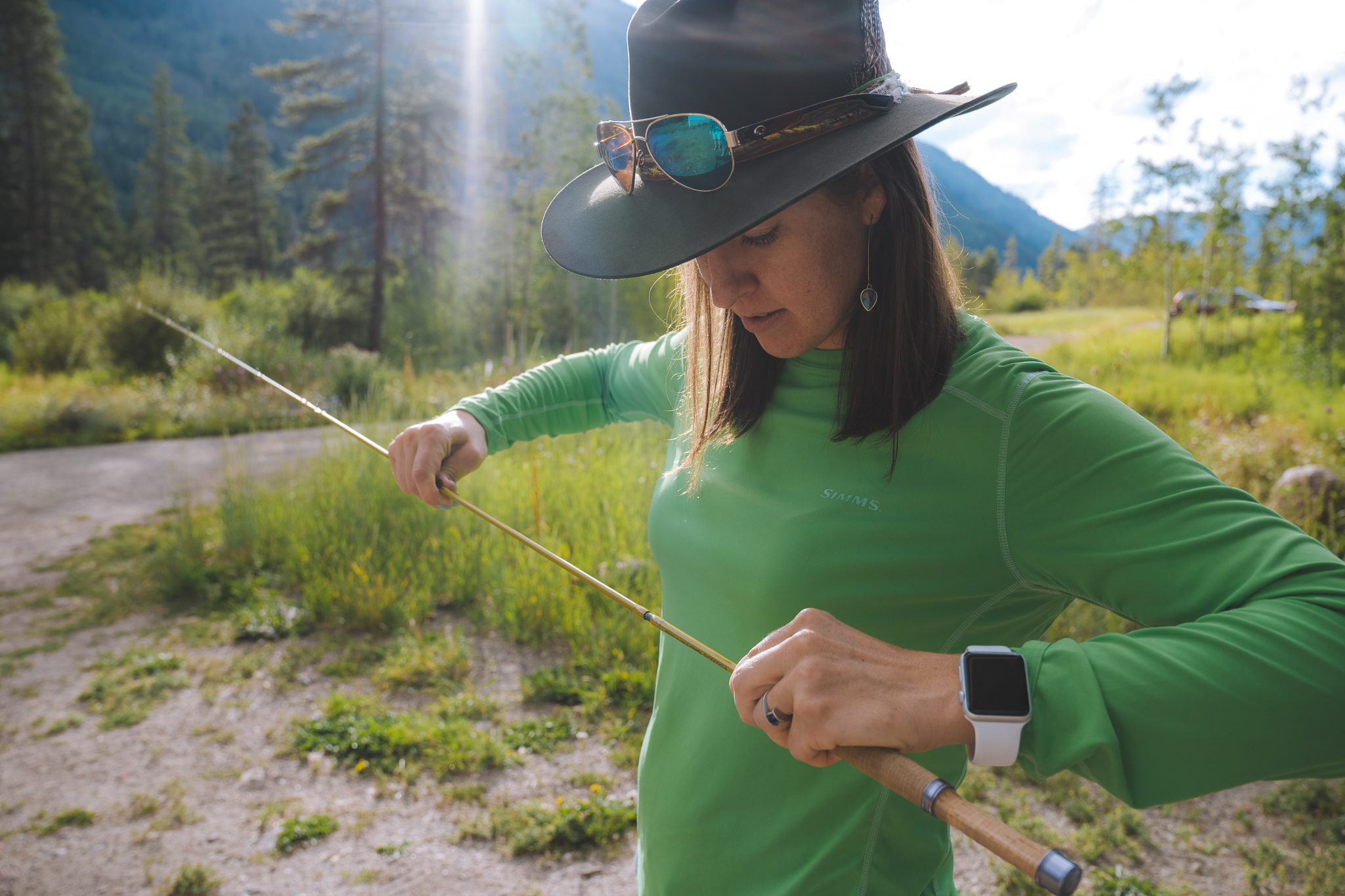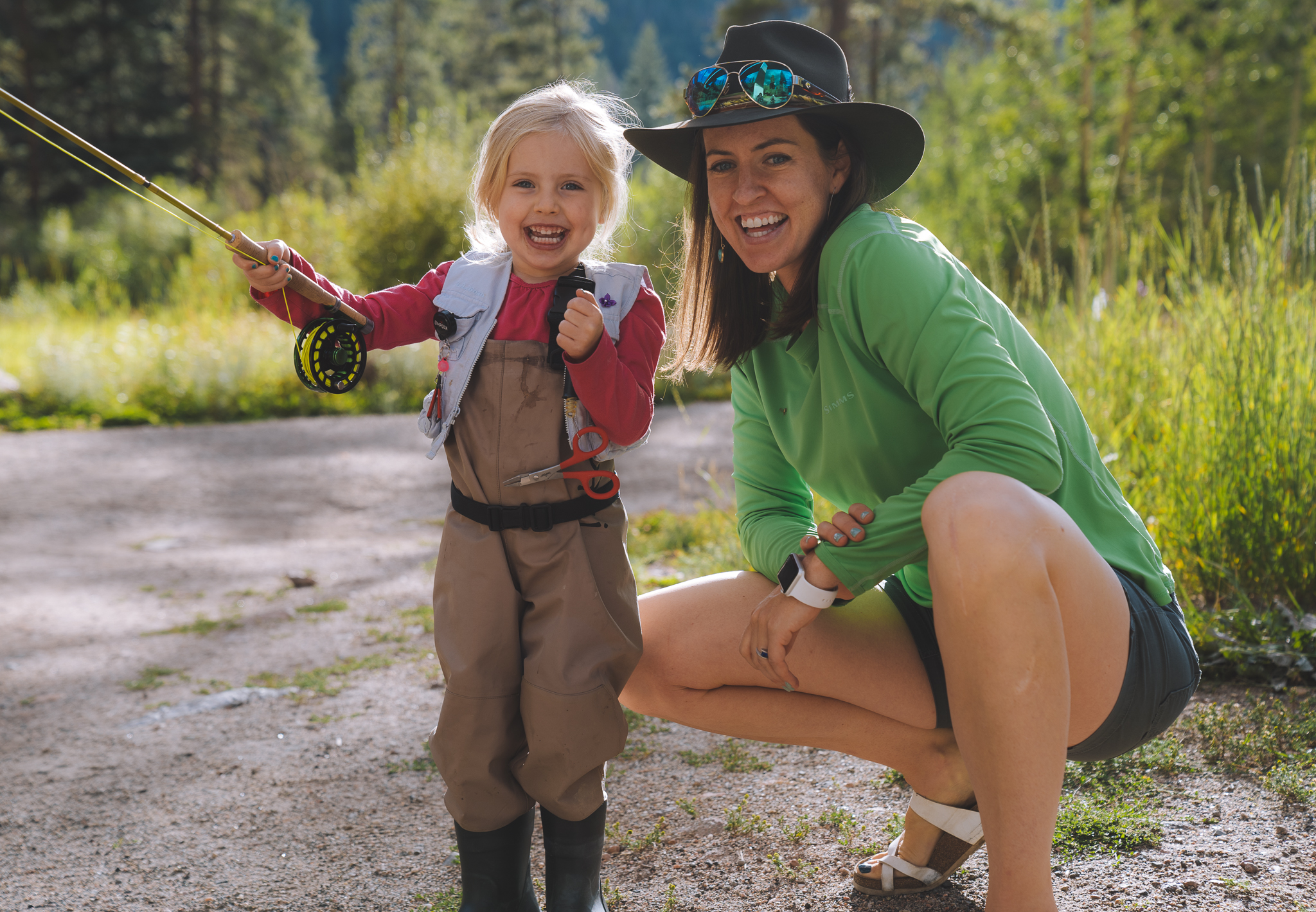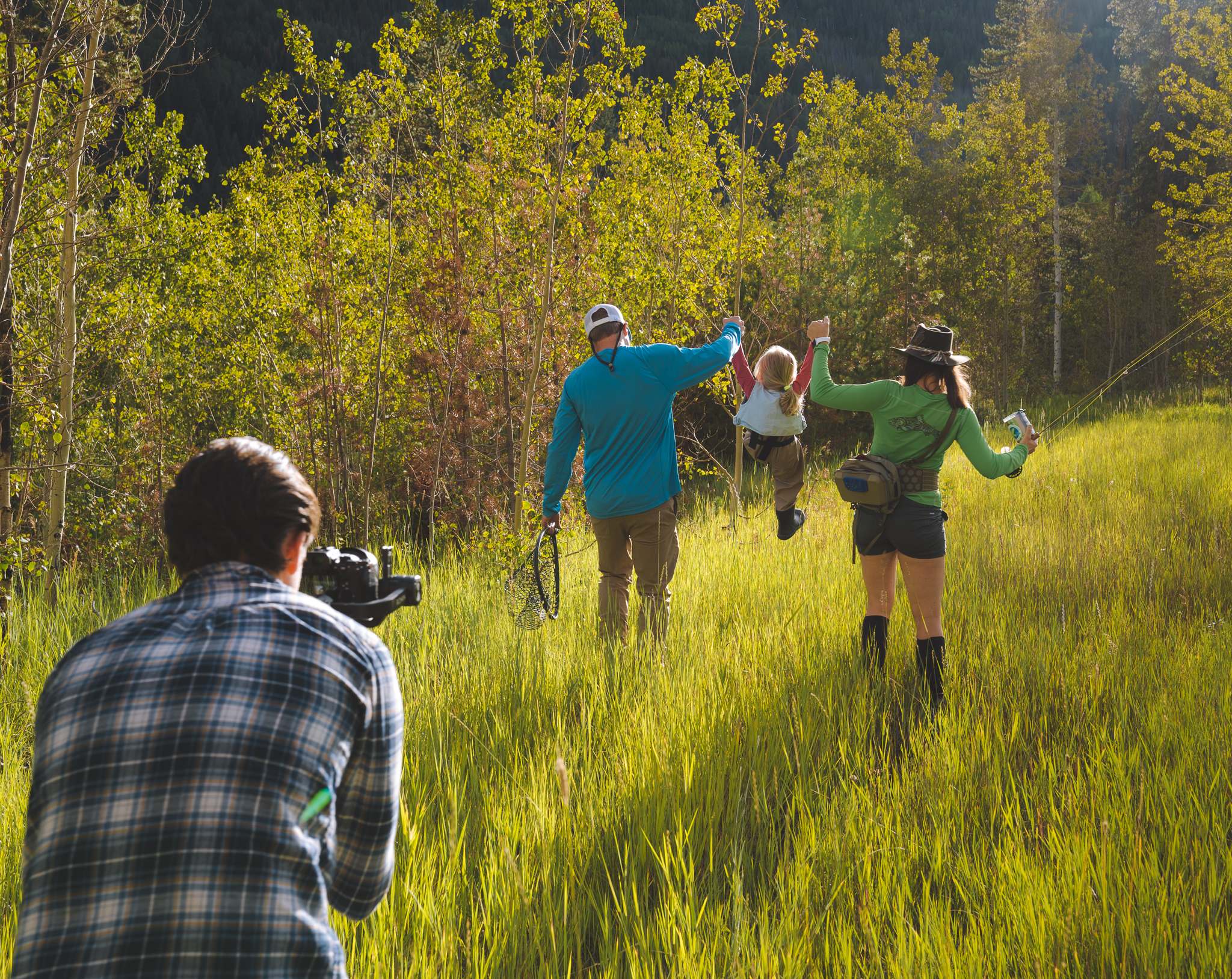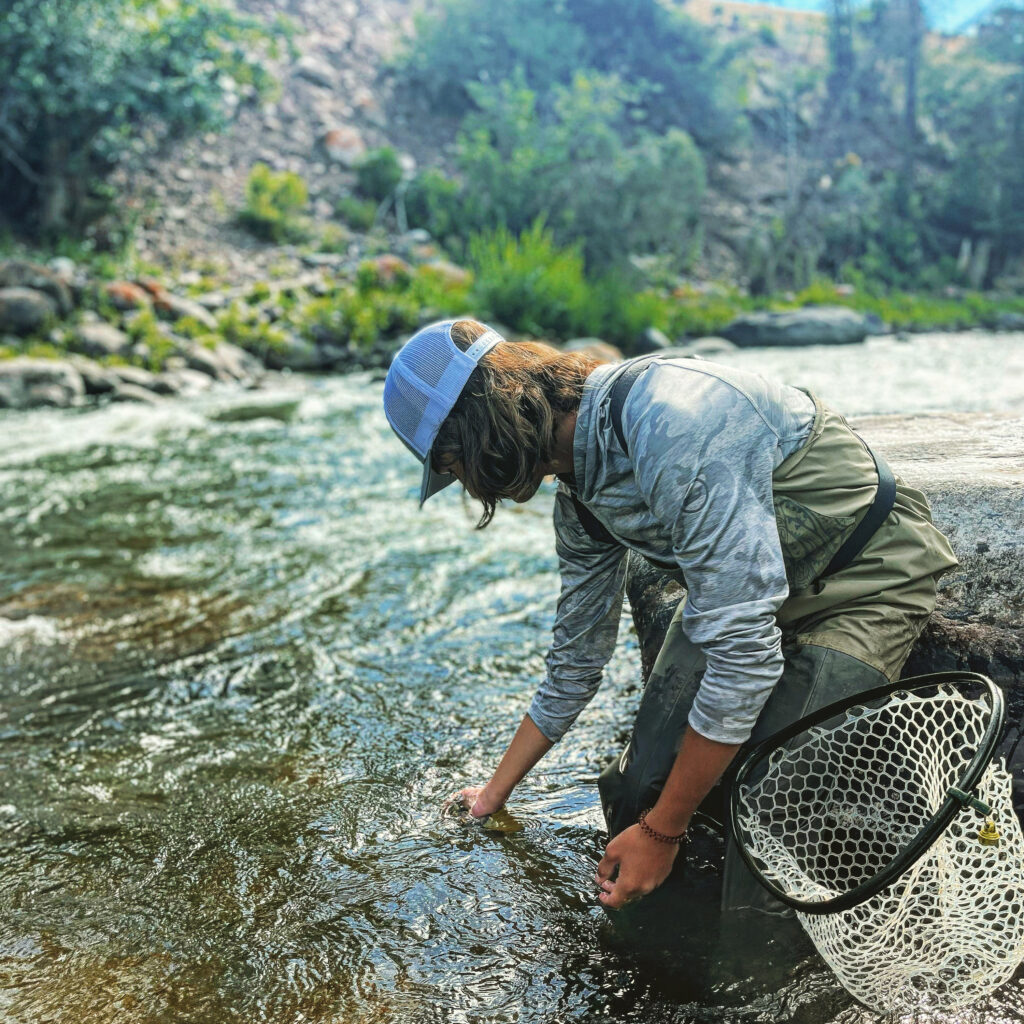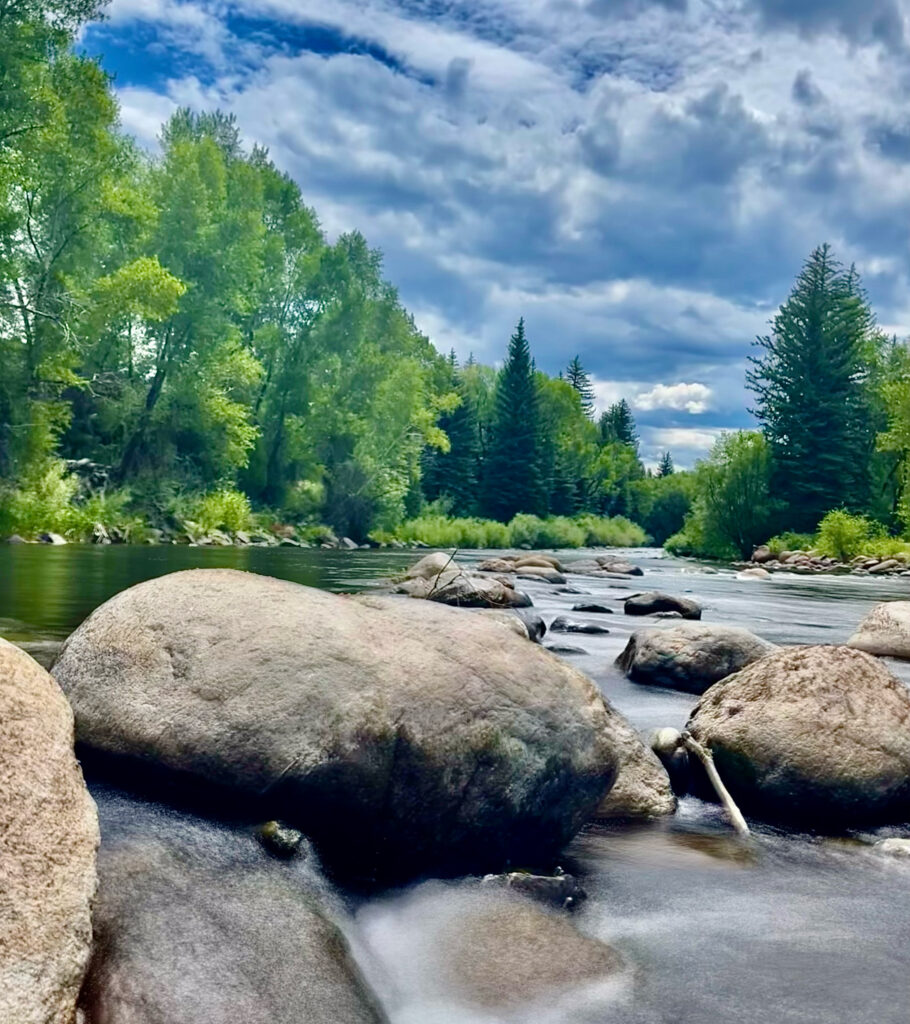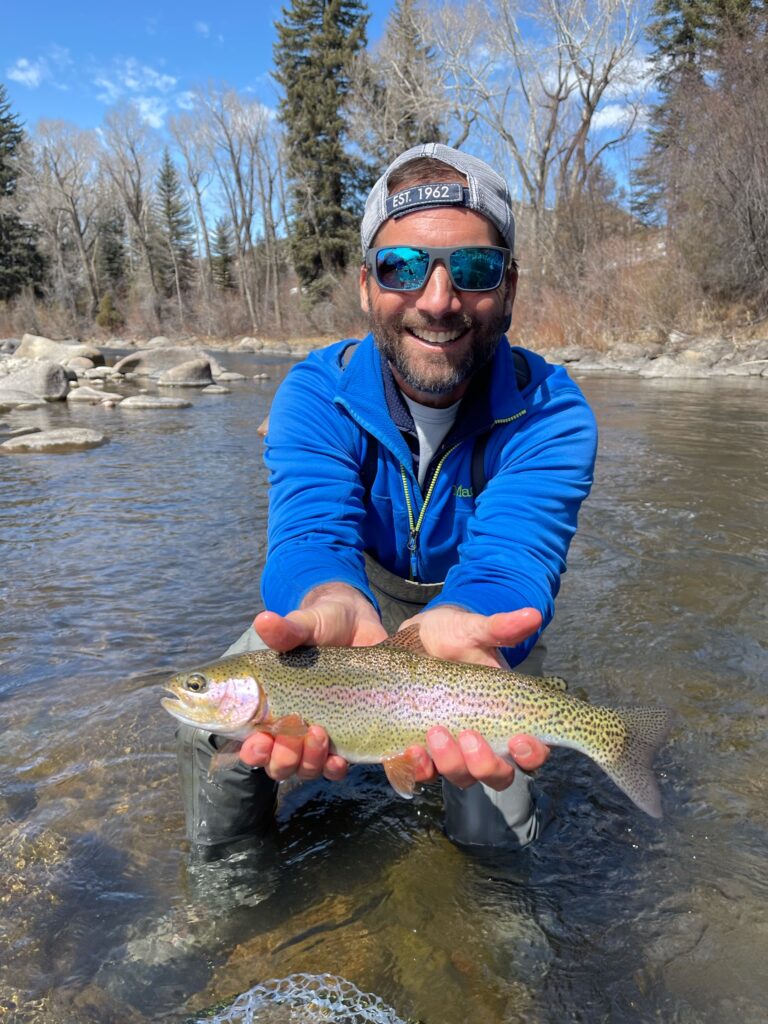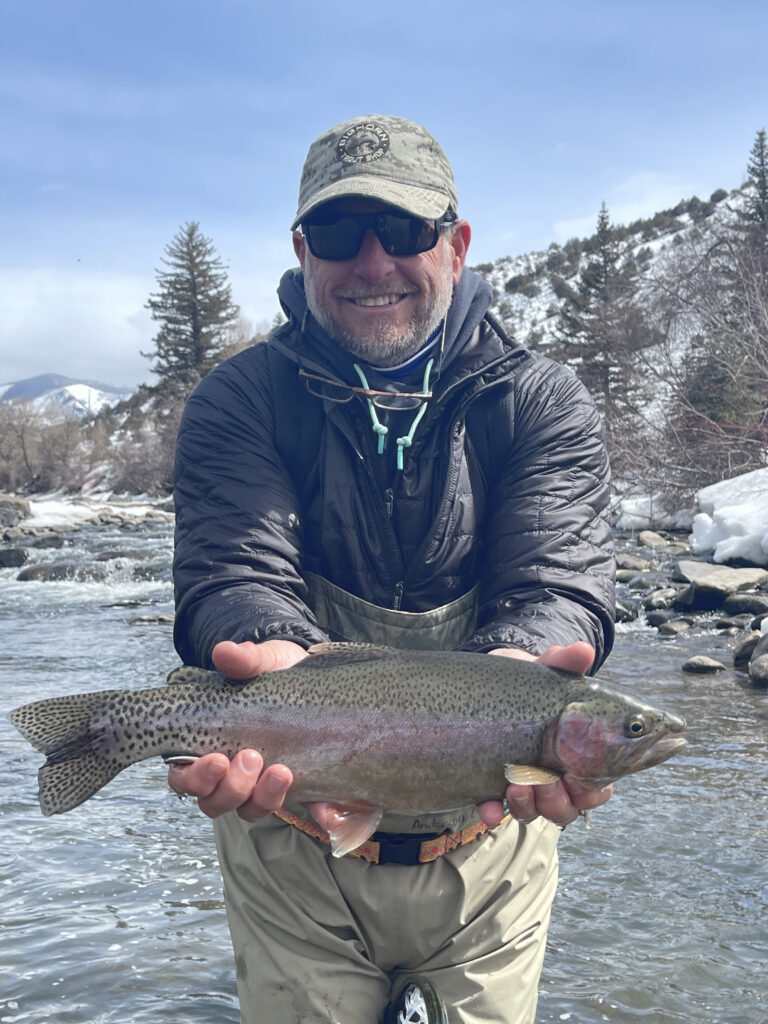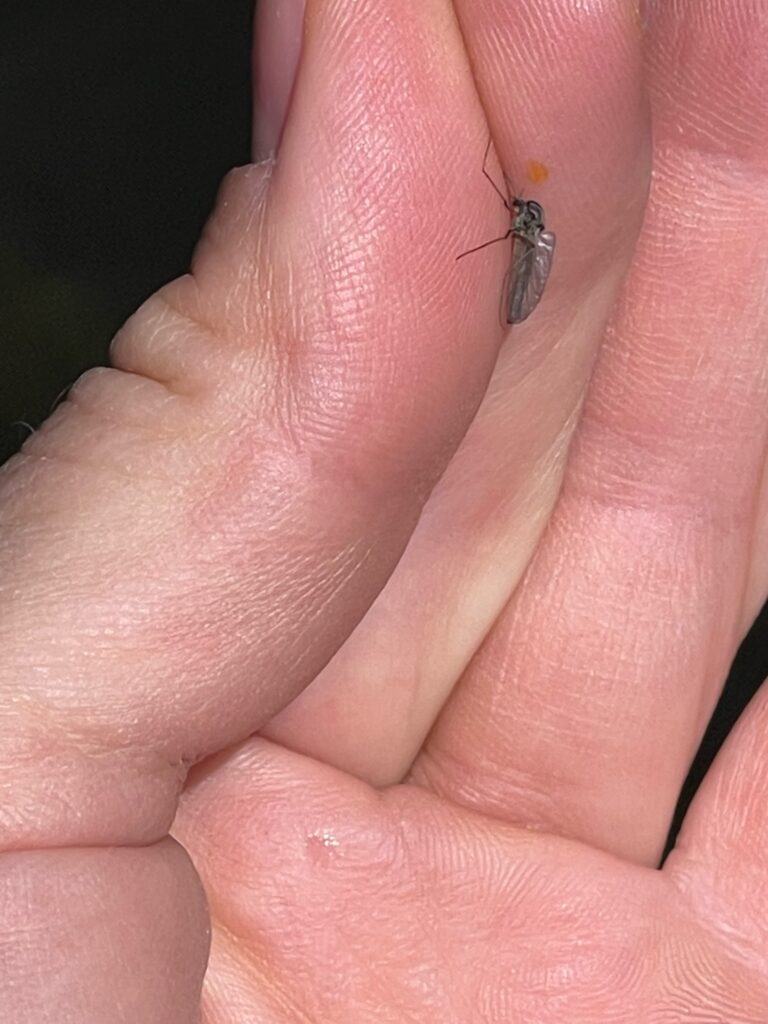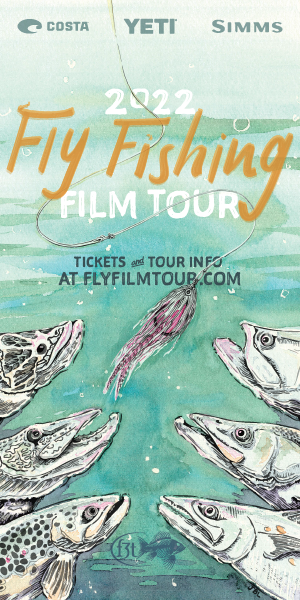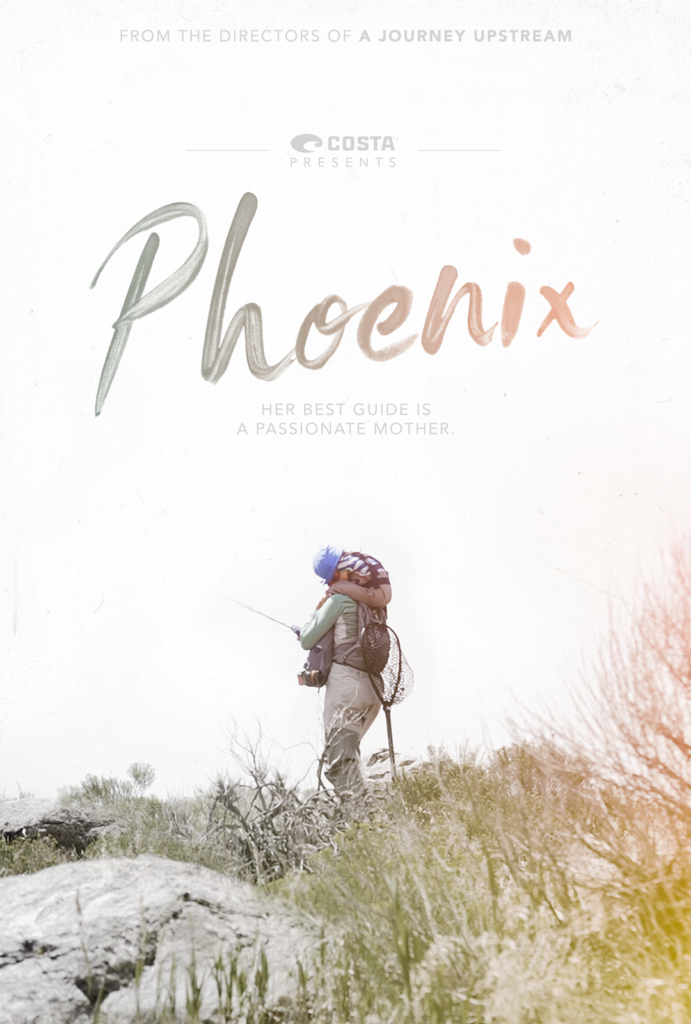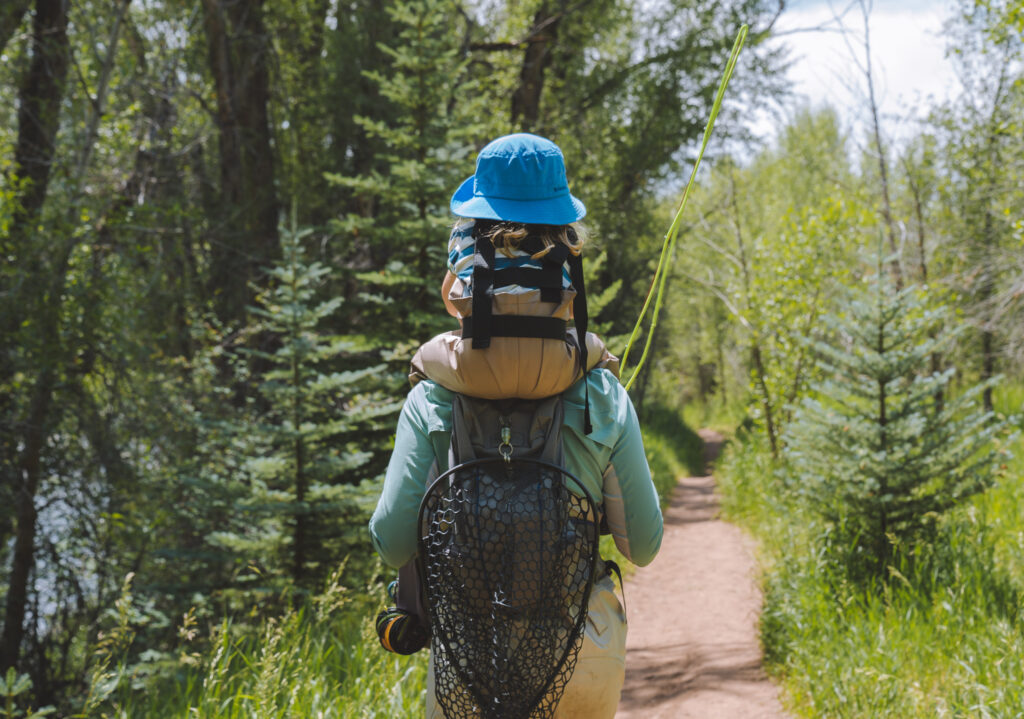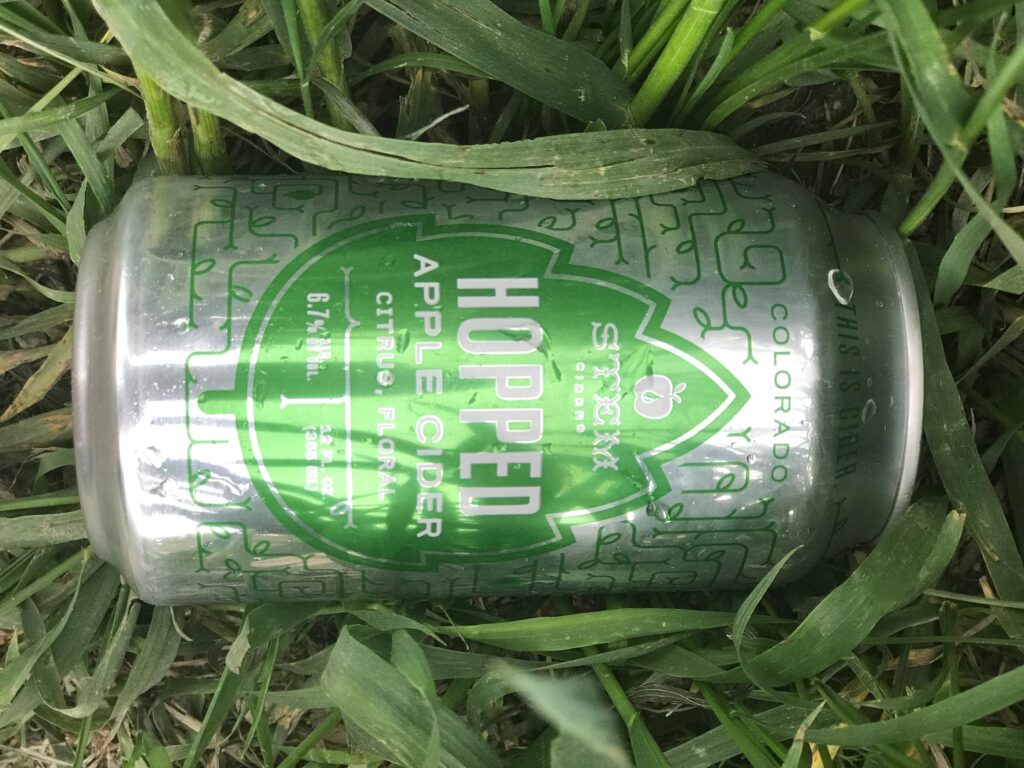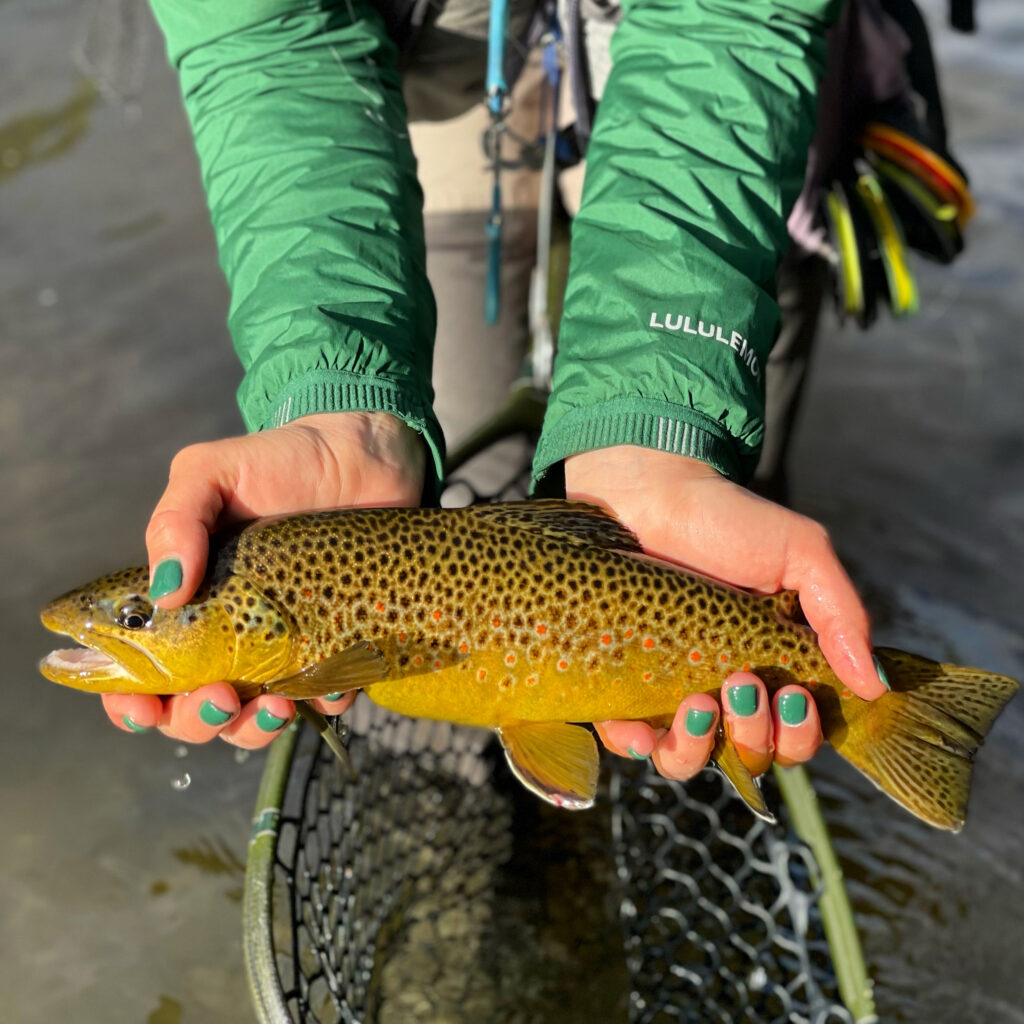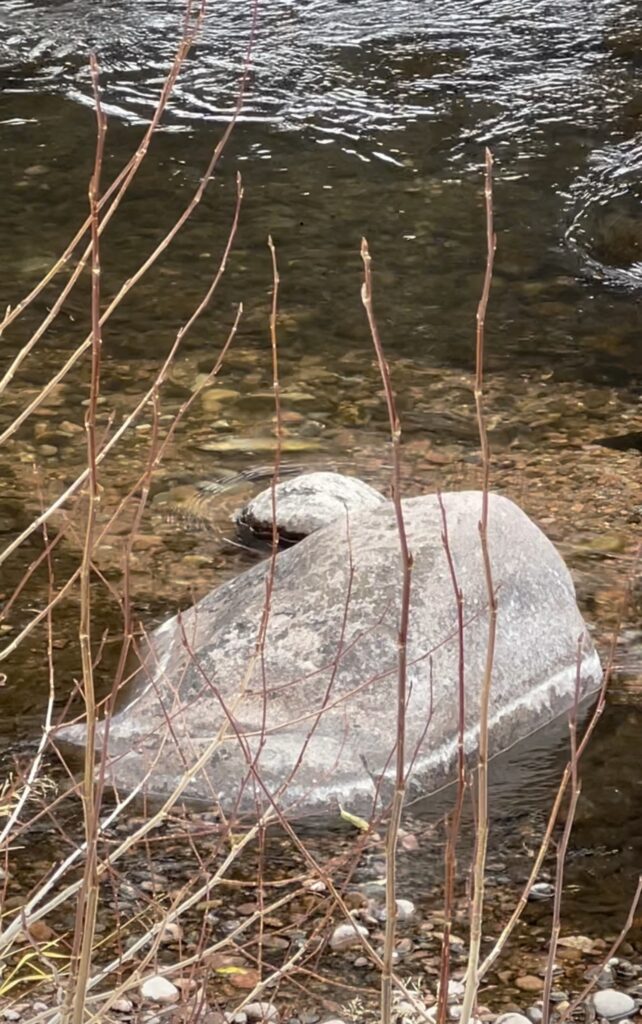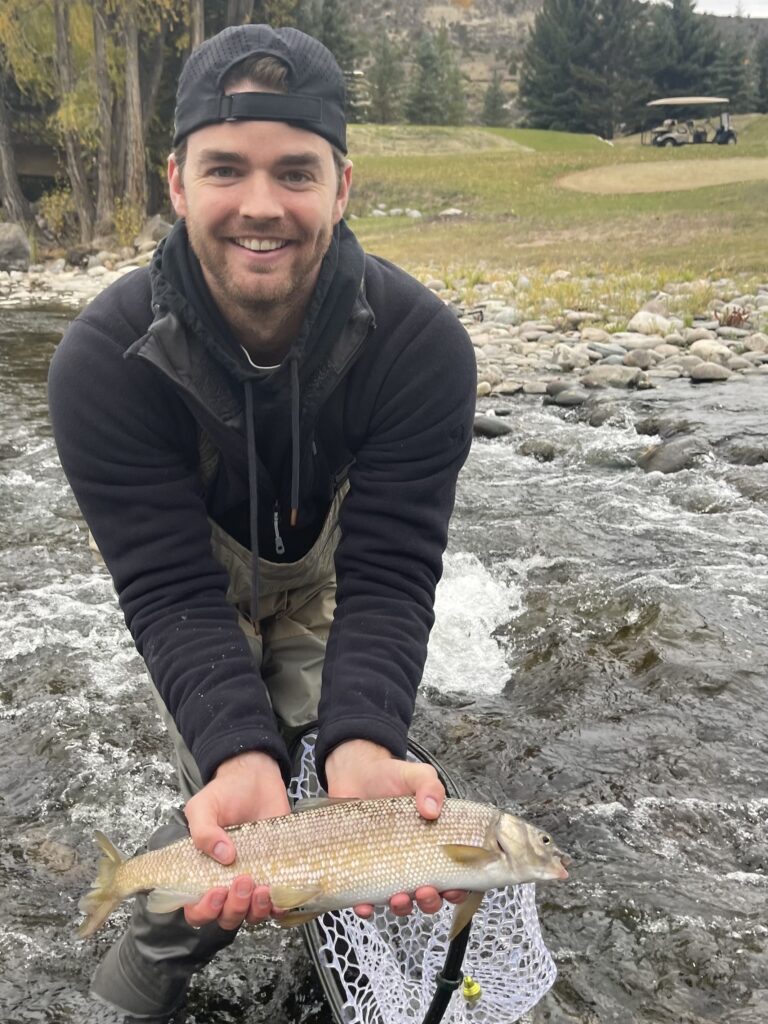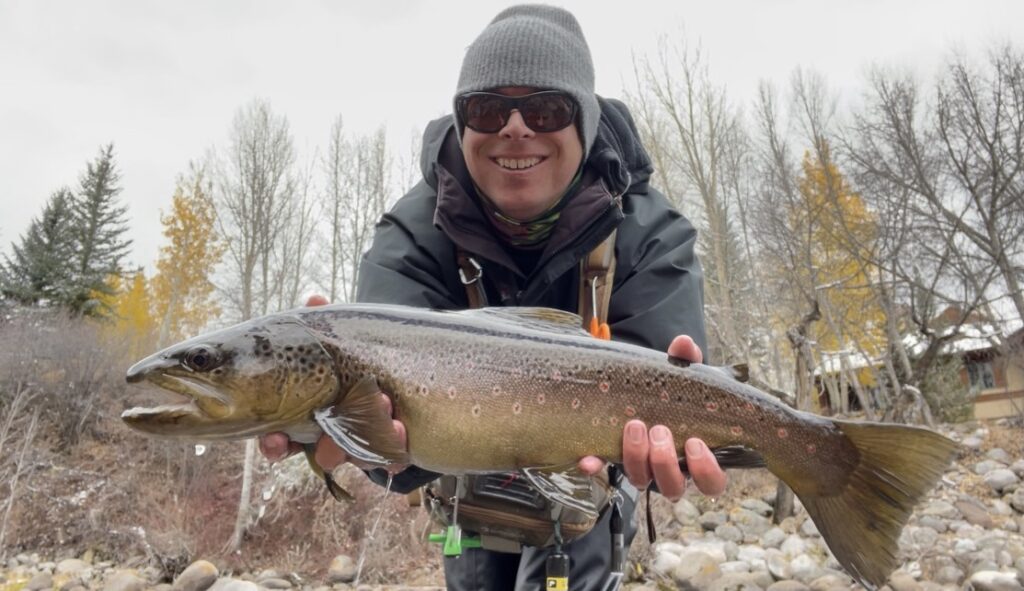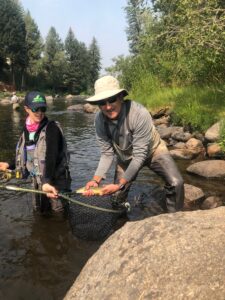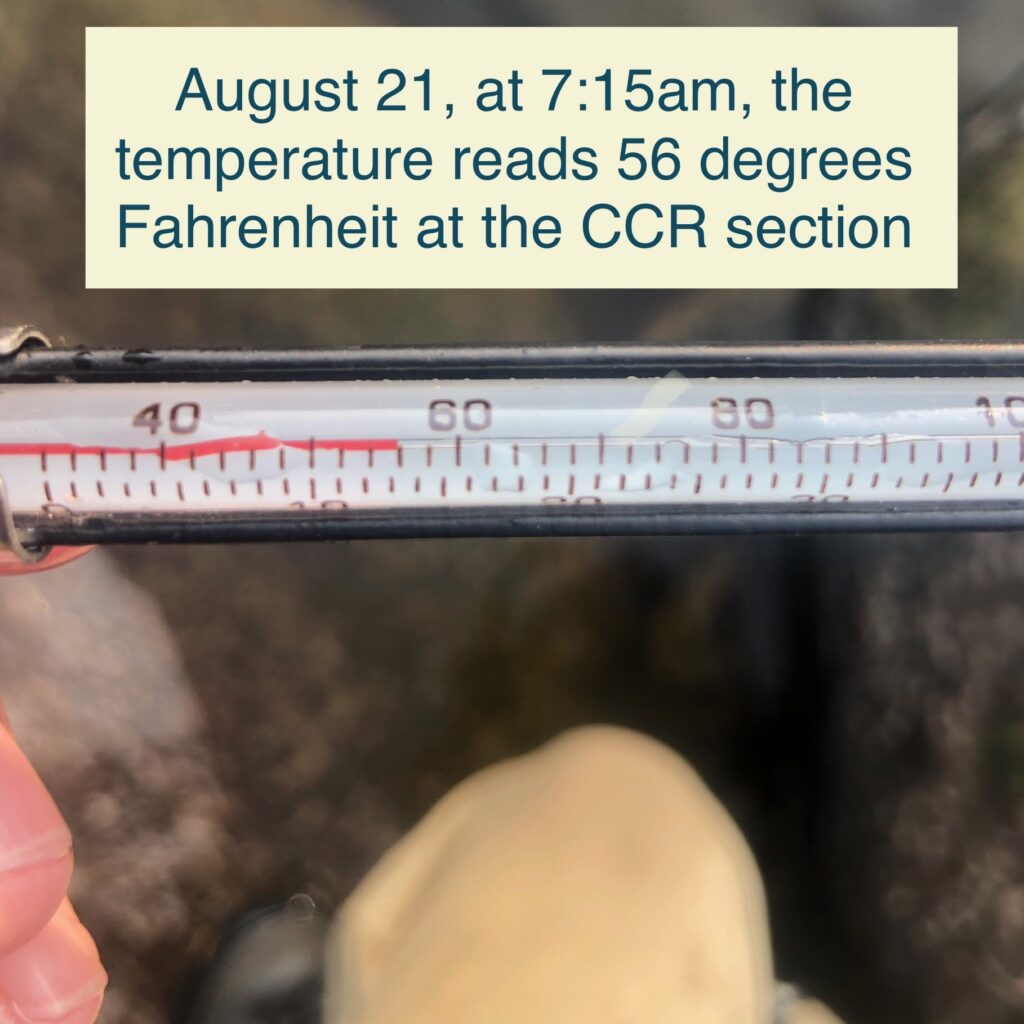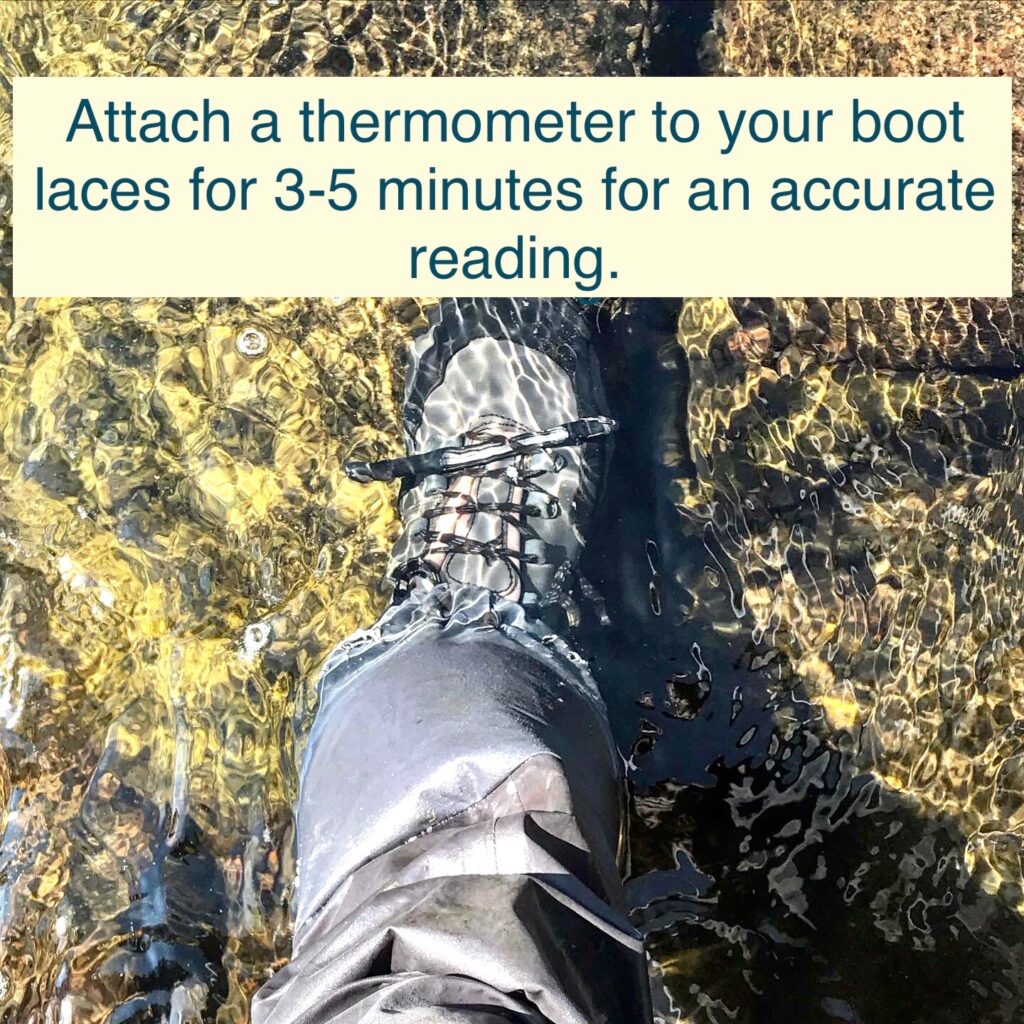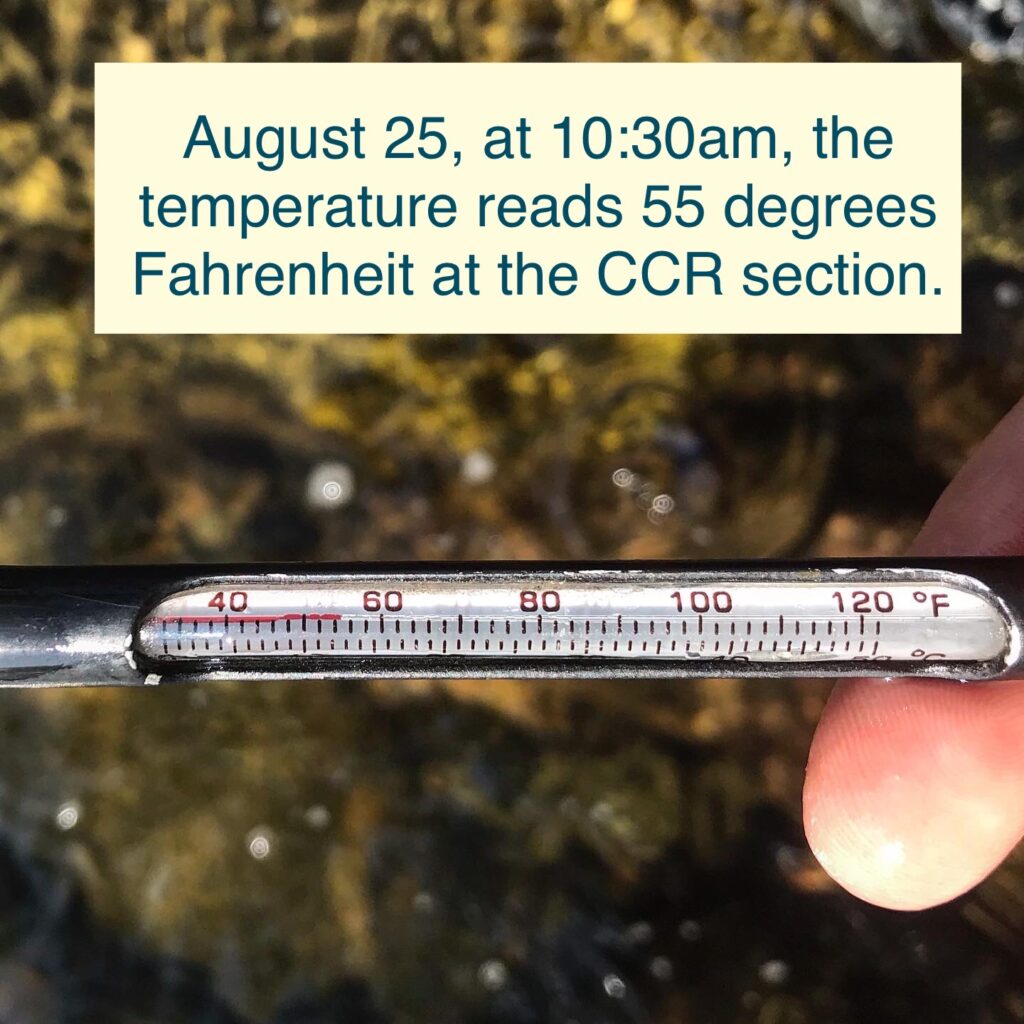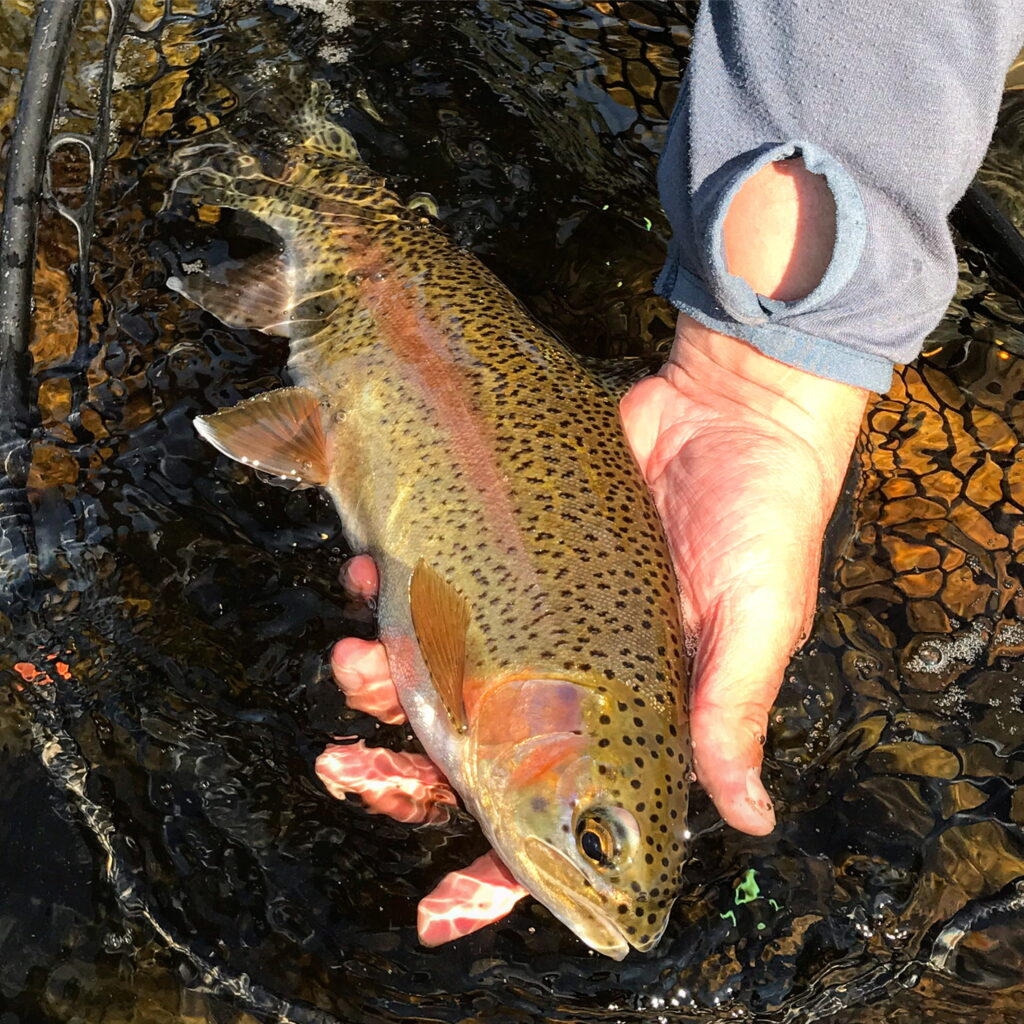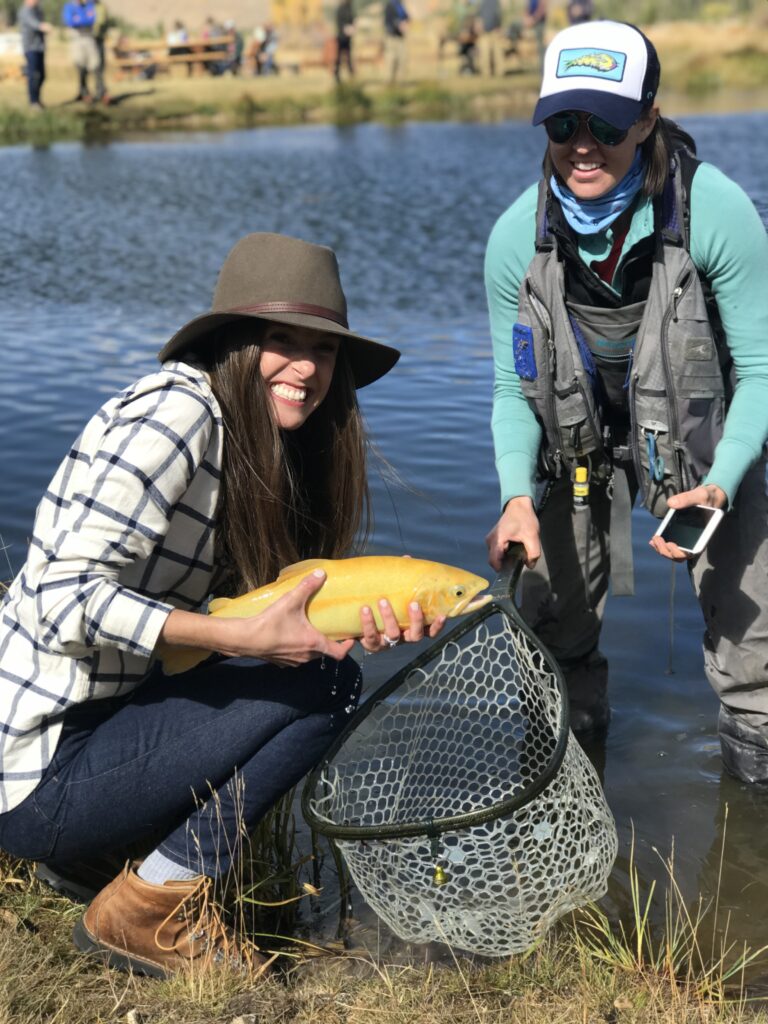What is Run-off?
Welcome to run-off season! Anyone that gazes at the Eagle River often, may have noticed that it is looking a little different lately. All of the snow from the high-mountain peaks is melting rapidly, creating a season us “river folk” fondly refer to as run-off!
Our home river, The Eagle River, is 60.5 miles of undammed free-flowing beautiful mountain water. The headwater begins its journey near the Continental Divide just outside of Red Cliff, CO. where you can jump from bank to bank over the Eagle River; and then it continues westward until it joins the Colorado River in Dotsero, CO. Through this 77 mile stretch, snowmelt, rain, creeks, and small drainages, empty into the river which increases its volume as it flows downstream. For this reason, the USGS ( United States Geological Survey) has set up gauges at various points along the Eagle River so that you can check the flow.
I like to follow the Avon, CO flow chart, since this is the water that I fish the most. (Link at the end of this article)
Following this chart; At its lowest the Eagle River flows in the range approx. 40-90 CFS. At its highest or at its peak, the Eagle River will run anywhere between approx. 5,000 and 7,000 CFS.
The peak is determined by the weather and snow pack. Hot days back to back, with a healthy snow-pack will get a high volume run-off. Cooler days, or a terrible snow year will produce a slower/lower volume run-off.
WHAT IS CFS?
CFS stands for Cubic Feet Per Second. For a visual, a basketball is roughly the size of a cubic foot. The Eagle River is running at around 1,500 CFS today.
If you picture yourself standing in the middle of the river (not recommended right now!), than you will have roughly 1,500 basketballs blasting past you EVERY SECOND! Not a game of dodge ball I want to play!
Nonetheless, run-off is a healthy river function! Run-off clears out sediments ( such as all of the rocks/sand deposited on the roads through out the winter) that collect and can kill or suffocate bug life over time. When the bug life isn’t healthy, the fish suffer. This is something that often is missing when a damn is constructed in the middle of a river, and why we are so lucky to have a healthy WILD river in our backyard.
HOW DOES THIS AFFECT FISHING?
Fish are truly remarkable. They survive the frigid cold winters, and then they are hit with run-off, which they are adapted to quite well. In a wild river like the Eagle, there are plenty of rocks, boulders, and river bends that offer protection from the raging currents. The fish will hunker down in these areas during the peak flow. They aren’t hanging on for dear life as you or I might be doing if we had 900 basketballs of water flushing by us every second; rather fish simply adapt to the conditions, and move around accordingly. The trout will still eat a variety of aquatic insects during this time and once the water calms down, they move away from the shallow river edges where they are vulnerable to predators. The fish eat every day, and therefore can be caught every day. It’s the approach that changes for an angler, as we have to adapt to presenting flies in the varying conditions. But that, my friends, is job security; and one of the reasons I love what I do!
If you would like to book a trip with Anderson’s Fish Camp, please call or text us at (970) 376-0002 or visit AndersonsFishCamp.com for more information. You will find our current COVID protocols on our web site. If you are fishing on your own, please be careful! Never wade into a section that is moving rapidly.
If you want to check the flow visit: https://waterdata.usgs.gov/co/nwis/uv/?site_no=09067020&PARAmeter_cd=00065,00060
